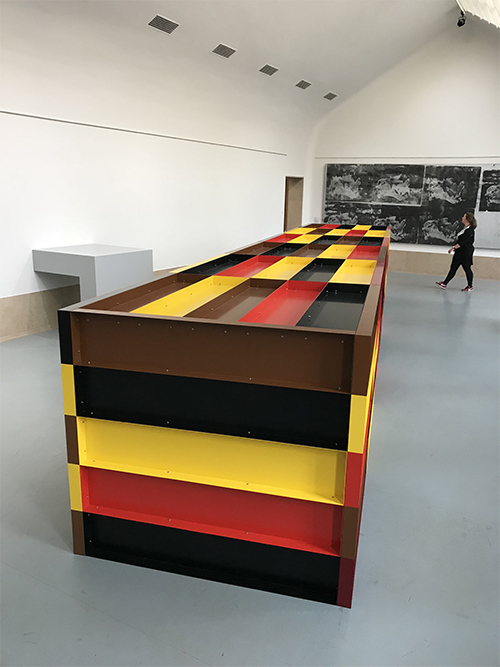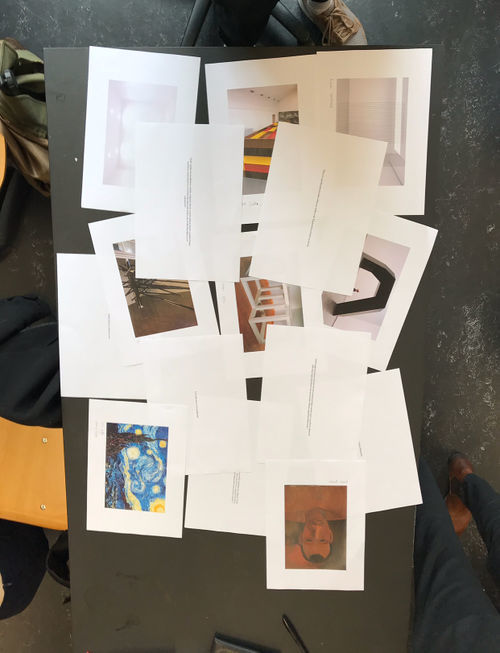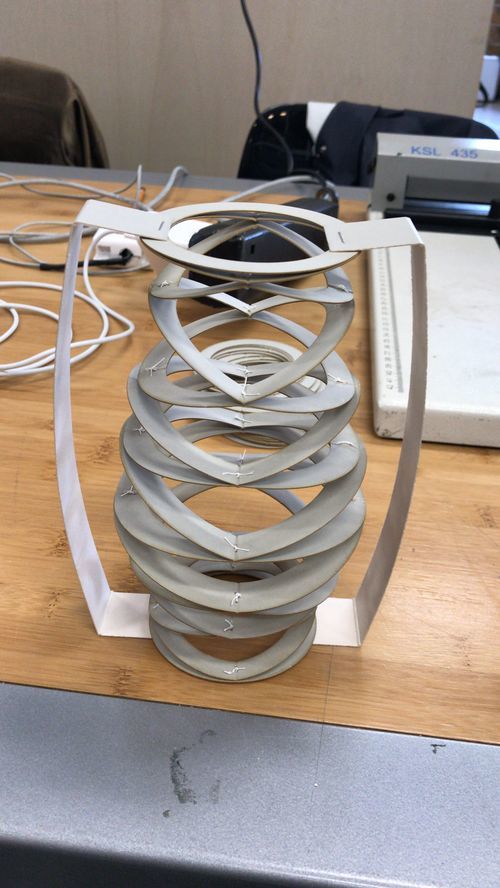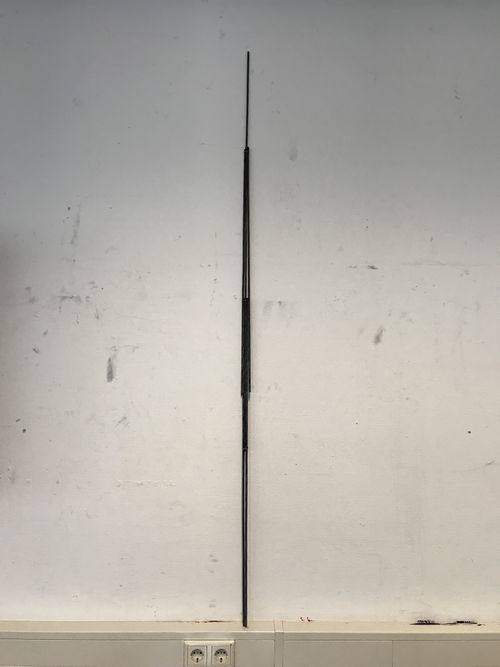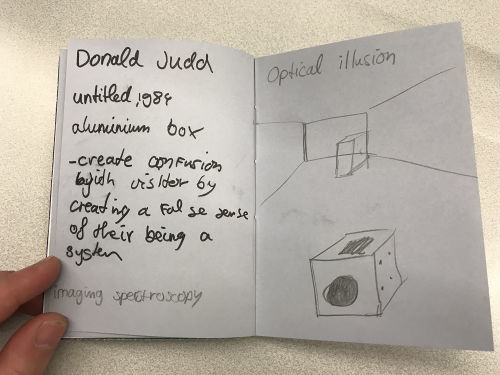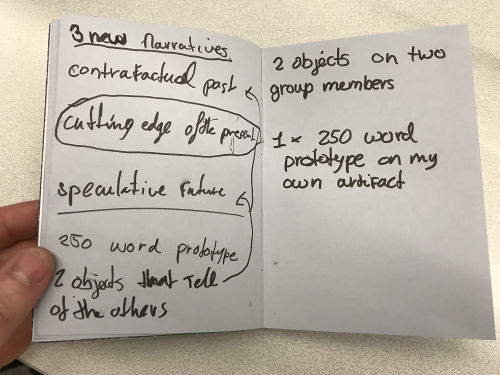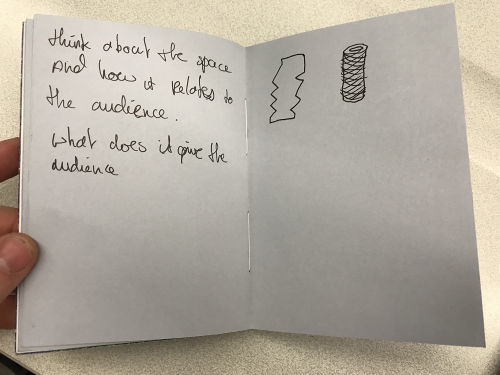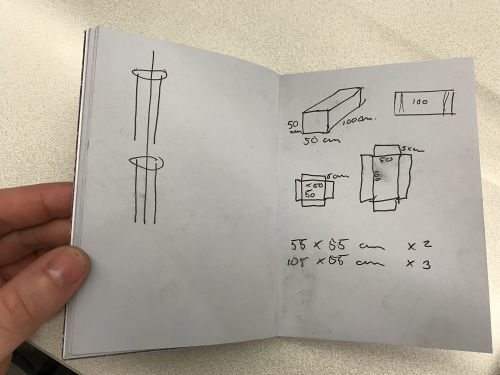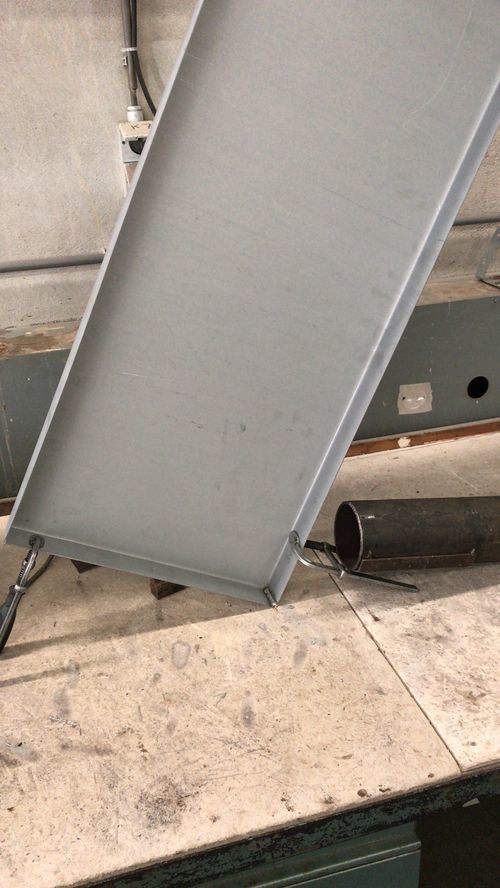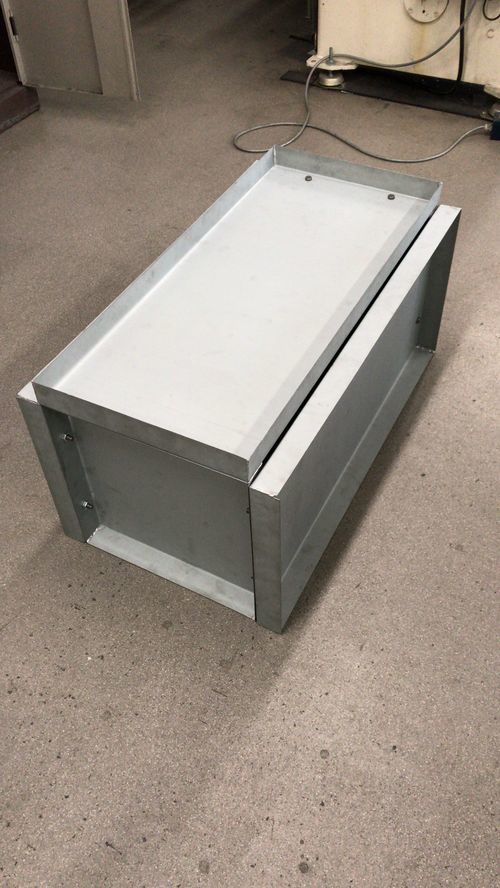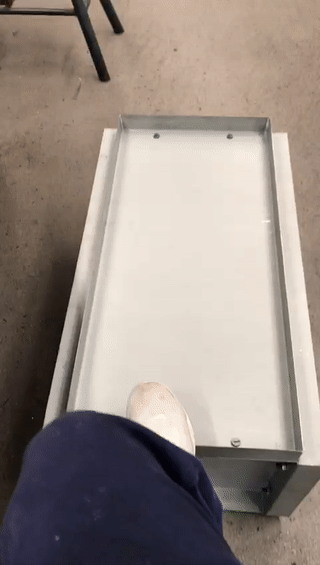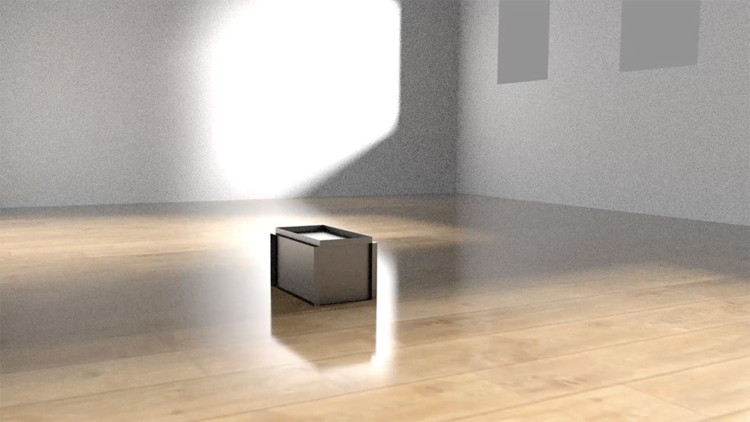P2 Digital Craft : Donald Judd
Contents
Donal Judd | Untitled | 1984
Donald Judd | Untitled | 1984
Donald Judd was an American artist very much related to Minimalism (even though he wouldn’t call himself a minimalist). Judd sought a way to have an object or sculpture work with it’s environment or the space it was presented in. He is generally considered the leading international exponent of ‘minimalism’. He is also a theorician and is most well known for his book called ‘specific objects’.
Judd was born in Missouri June 3rd 1928. He also served in the army as an engineer and began studying phylosophy in 1984. After that he worked towards a master’s in art history under Rudolf Wittkower and Meyer Schapiro. He then worked as an art critic for many years and bought a building at spring street, New York and started renovating the building floor by floor. Also installing works he purchased sometimes.
In the 1940s Judd began painting and his first exhibition of his expressionist paintings was featured in 1957 in New York. Mid 50s he started working with woodcut techniques and started looking for ways to work with wood. He started of with organic round shapes but very quickly moved on to craftmanship which meant sharp edges and straight lines.
The work I chose to appropriate is one of many boxes titled ‘untitled’ by Judd in the 1980s. This piece was found in the Boijmans van Beuningen museum in Rotterdam where it was features with the following description. “Even in his first minimalist sculptures, created around 1961, Judd exhibited a remarkable feeling for materials, for their surface and their intrisinic colour. Sometimes he added a single colour by painting certain components. But in the 1980s his works exploded with colour. This work is made up of identical components, but the colour produces an apparently random effect. As viewers, conditioned as we are, we nonetheless attempt to discover a system at work.”
My first idea on the appropriation was to create a box that sparks the curiosity of the false system that is shown in this work by Donald Judd. I wanted to appropriate there being a system and rythm in the sculpture while there is not. After I researched deeper into this sculpture by Judd I found this was not what Judd was trying to acomplish with his work. So I came to have the object respond to the space it was in.
This appropriation of the 1984 minimalist sculpture by Donald Judd is going to adjust the issue of the object responding to the space where it is exhibited in. My design question came from a quote about Donald Judd.
“Judd’s deliberate installations, and the sculptures that he created, indicate that he considered space itself to be a material just as essential as the industrial surfaces out of which his objects were constructed.”
This quote states that the space around the object is as, or even more important as the sculpture itself. This saying I came to question myself. Can a sculpture or art object be aware of it’s surrounding and can it react to it. I came to look at ways how it can, via sensors scan it’s surroundings and respond to it or even adept to it. The data which is interesting for me is audience and the light. I think it would become interesting if the object would move with the light of what is most benificial for it and would work in it’s advantage. So the object would move around the area so that it can provide the best space for itself to be shown.
I will also appropriate the shape of a prism or box. Because this is widely used to store data. It being digital or physical. I think this shape is essential to show that it is an object that stores data and processes it.
This idea of having a box adjusting to it’s environment was which led me to searching for ways to have it react to the light of the room. I wanted to find out if it could move to where the best light of the room was. So it could exhibit itself the best with natural light that was in the room.
I started of by making an aluminum box which is recognizably simular to Judd’s 1984 sculpture it apropriates. The box is going to be 100 cm x 50 cm x 50 cm. This is a perfect size for it to move in an exhibition room. For this box I used the Material Station and worked with metal for the first time in my life. I used the techniques of cutting, bending, welding, drilling and soldering metal to create this industrial looking box. I then gave it wheels to have it move around.
For the digital part I researched into hacking already existing machines. I came to a piece of technology from the early 2000s. This piece of technology is a robot vacuum cleaner. This technology uses sensors to scan it’s environment and moves around in it without bumping into anything. I want to use this and combine this with light sensors that detect light and thus have the box move within a space without touching any objects but still moving to where the best natural light is.
During this proces I found my craft is mostely based on making and involves around craftmanship. I always had a passion for craftmanship and this is also why I chose this piece of Judd. Because it is a piece that is made so perfect and well. It is based on so many years of working with materials that it is made perfectly. Even though this proces was rather short time based. I think I tried as much new techniques as I could. Metalworking and hacking machines is something i’m not familiar with but I really enjoyed doing. Also this idea of hacking a robot vacuum cleaner is for me something that is very relevant nowadays because people are always searching for ways to DIY.
I think I accomplished in appropriating this sculpture by Judd and gave it a relevant digital element which takes the piece to a next level.
